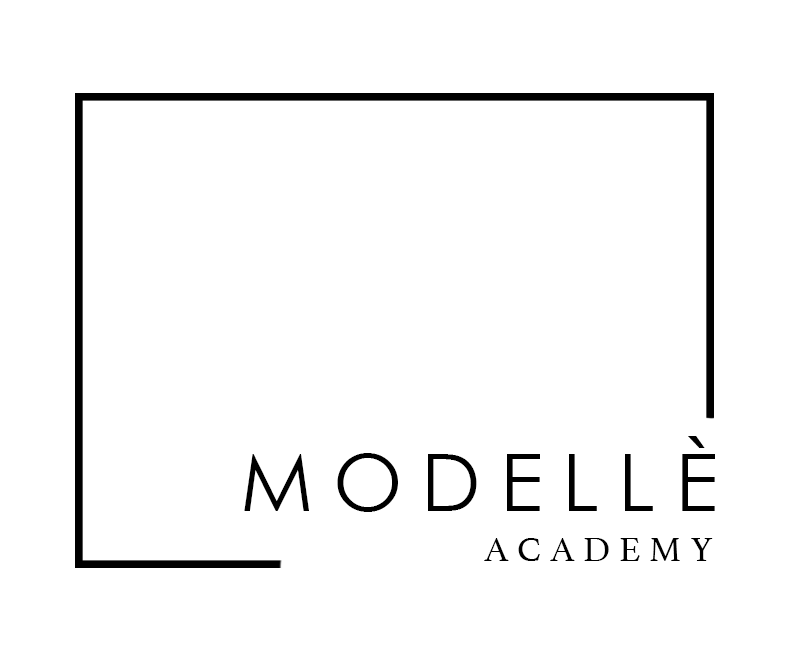The A.I Dilemma in Modelling
Balancing Tradition and Innovation: The AI Dilemma in Modelling
In the grand show that is the modeling industry, change is not just a fact but a force, relentless in its ambition to redefine beauty and style. Today, the winds of transformation are blowing stronger than ever, and at the heart of this paradigm shift stands an unlikely yet omnipresent figure — artificial intelligence. As we stand at the crossroads of tradition and innovation, it's imperative to scrutinize the role of AI in an industry that's known for its celebration of human artistry.
The runway that once bore the footprints of traditional modeling icons now plays host to digital avatars and algorithm-driven designs. This isn't merely a script flip; it's a revolution in every stitching, contour, and silhouette. It's a conversation that cannot be confined to the glossy pages of fashion magazines but one that demands center stage, with all its intricacies and contradictions. You see, the AI quandary goes deeper than the sartorial; it reaches into the soul of an age-old art form, casting a digital shadow that may eclipse the essence of the human perspective.
Traditional Values vs. Technological Advancements
The Clash of Artistic Will and Data-Driven Precision
In the golden era of modeling, creativity knew no bounds, as the human touch wove stories through fabrics and frames. The runway was a canvas, artists mere mortals who dared to dream in taffeta and tulle. But as AI tiptoed into the ateliers, offering precision and predictability, there arose a dichotomy that could not be ignored. The art of modeling has always been a dance between the designer and the muse, each informed by the other's essence. AI, while efficient, does not possess the soulful narrative that a collaborator in human form so effortlessly brings.
Impact on Creativity, Authenticity, and Diversity
The tools that AI brings to the drawing board are undeniably powerful, capable of stretching the limits of creativity. Yet, in this push for innovation, there is a pull on authenticity. AI designs can imitate trends, but can they originate a movement that resonates with genuine emotion? Furthermore, the heritage of modeling is richer for its diversity, and AI's algorithms are not exempt from bias. The risk of perpetuating miscalibrated standards of beauty is one that the industry cannot afford to turn a blind eye to.
AI's Role in Reshaping Modelling
Efficiency and Convenience in Casting and Design
The allure of AI is in its ability to streamline. Casting calls and fitting sessions, once a logistical labyrinth, now find reprieve in the binary efficiency of algorithmic matching. Designers can conceptualize beyond the constraints of cloth, envisioning collections that marry the tangible with the intangible. AI's role is not merely perfunctory; it's strategic, reshaping an industry that thrives on the novel.
The Elusive Price of Progress
Every stride towards AI integration is not without its cost. The very efficiency that is lauded can be divisive, creating a chasm between those who adapt and those who are rendered obsolete by technological leaps. The characteristically vicious cycle of the fashion world could now be turbo-charged by AI, with trends and tastes becoming more ephemeral as the digital engine churns out ‘what's next’.
Ethical Considerations
The Double-Edged Sword of Data and Design
Modelling in the age of AI comes with new responsibilities. We must safeguard against the encroachment of privacy in the name of personalization. The fine line between constructive curation and manipulation becomes finer still in the hands of unregulated AI. And as we emerge from an era that laid bare the biases ingrained in our systems, the last thing we need is AI being an unwitting accomplice in the mirroring of societal flaws.
The Ripple Effect of Algorithmic Decisions
What is dressed in the algorithm's binary is rarely just fabric. It's a statement, a perception, a directional facet of culture. We must ask ourselves, who holds the moral compass in an industry increasingly influenced by invisible hands? The digitization of design does not absolve us of the duty to think critically, ethically, and humanely.
Personal Insights and Reflection
A Call to Balance
I've witnessed AI’s entry into the modeling industry from the privileged front rows. It’s a remarkable time, where the pulse of change is palpable. Therein lies the conundrum — how do we stay true to the craft, the artists, and the audience that have unflinchingly supported this industry, while also welcoming the progress that AI promises?
The Nuanced Palette of Progress
For every concern, AI presents an equal number of opportunities. It's in our discretion to paint with this nuanced palette, blending the vibrancy of technology with the monochromes of tradition. After all, the authenticity of a piece is not in its medium but in the depth of its statement. If AI can amplify that voice, then we must learn to wield it with purpose and prudence.
Conclusion: A Harmonious Future
AI in the modeling industry need not be the eclipse of human artistry; it should be the celestial dance that elevates it. Our job is to set the stage for this collaboration, ensuring that while the spotlight may shift, its glow still embodies the warmth and passion that has sustained modeling for centuries. The AI dilemma is not a war; it's an undiscovered sonnet waiting to be penned. The only question that remains is, who will be the poet of this new age?

